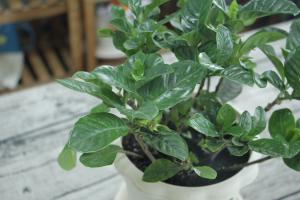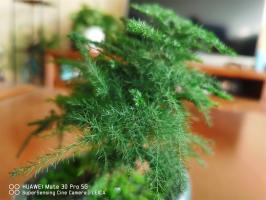Is Pine Tree a Vascular Plant?
When it comes to the classification of plants, there are two main types that come to mind: vascular and nonvascular plants. The difference between the two lies in their transportation system, where vascular plants have a series of tubes that allow for the transport of water and nutrients throughout the plant's body. Pine trees are no exception when it comes to vascular plants.
What are Vascular Plants?
Vascular plants are the group of plants that have a specialized tissue system for the transport of water and nutrients, known as xylem and phloem. Xylem is responsible for moving water and dissolved minerals from the roots to the stems and leaves of the plant, while phloem transports sugar and other organic material from the leaves to other parts of the plant. This specialized system allows vascular plants, such as pine trees, to grow much taller and wider than nonvascular plants.
Characteristics of Pine Trees
Pine trees are a type of gymnosperm, which means that they bear their seeds directly on their cones rather than inside a fruit like angiosperms. They are evergreen trees that can grow up to 80 meters tall and can live for several hundred years. In terms of their leaf structure, the needles of pine trees have a thick waxy coating to reduce water loss and are arranged in clusters of two, three, or five depending on the species.
Vascular Tissue in Pine Trees
As a vascular plant, pine trees have specialized tissue systems that allow them to transport water and nutrients to different parts of their body. The xylem and phloem of pine trees are located in the sapwood, which is the living tissue found beneath the bark. The xylem in pine trees is made up of elongated cells called tracheids, which are responsible for moving water and dissolved minerals from the roots to the rest of the plant. The phloem, on the other hand, is made up of cells called sieve tubes, which transport sugar and other organic material to different parts of the tree.
Importance of Vascular Tissue in Pine Trees
The vascular system of pine trees plays a crucial role in the survival and growth of the tree. The xylem transports water and dissolved minerals from the roots to the rest of the plant, providing the necessary hydration and nourishment it needs to grow. The phloem, meanwhile, transports sugar and other organic material from the leaves to other parts of the plant, which it uses to build new cells and tissues. Without this specialized tissue system, pine trees and other vascular plants would not be able to grow as tall or live as long as they do.
Conclusion
In summary, pine trees are classified as vascular plants due to their specialized tissue system that allows for the transport of water and nutrients throughout their body. The xylem and phloem of pine trees are a crucial component of their growth and survival. As one of the most common types of trees in the world, pine trees are an excellent example of the importance of vascular plants in our ecosystem.

 how many times do yo...
how many times do yo... how many planted tre...
how many planted tre... how many pine trees ...
how many pine trees ... how many pecan trees...
how many pecan trees... how many plants comp...
how many plants comp... how many plants can ...
how many plants can ... how many plants and ...
how many plants and ... how many pepper plan...
how many pepper plan...































